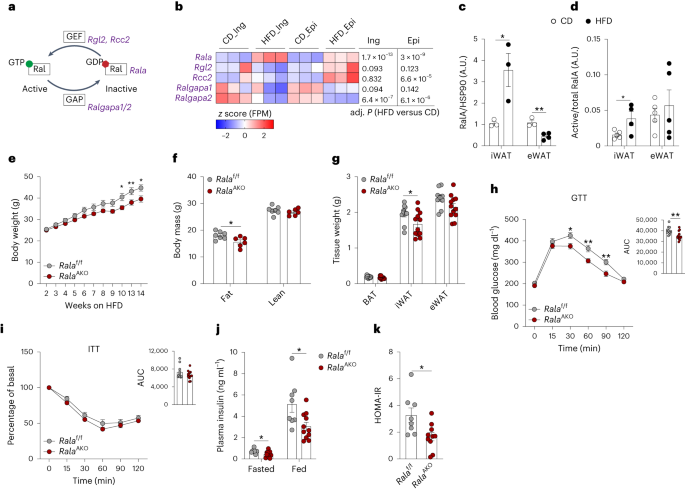2024-01-29 ヒューストン大学(UH)

For low-level red light therapy, children are instructed to look into a red light-emitting instrument for three minutes, twice a day, five days a week, for the duration of the treatment period, which could last years. Photo courtesy: GETTY Images
◆研究者は、LLRL療法が網膜を光化学的および熱的損傷のリスクにさらす可能性があり、特に子供に対する使用は安全性が確認されるまで控えるべきだと提言しています。彼女の研究は、この治療が視力に影響を与える危険性があることを示唆しており、現行の安全基準を満たしていないことが明らかになりました。特に子供が3分間、1日2回、週5日、数年間にわたって赤い光を浴びることを求める治療は、視覚障害のリスクを伴う可能性があると報告されています。
<関連情報>
- https://uh.edu/news-events/stories/2024/january/01292024-ostrin-red-light-therapy-danger-eyes.php
- https://onlinelibrary.wiley.com/doi/10.1111/opo.13272
近視用赤色光測定器は安全限界を超える Red light instruments for myopia exceed safety limits
Lisa A. Ostrin, Alexander W. Schill
Ophthalmic and Physiological Optics Published: 05 January 2024
DOI:https://doi.org/10.1111/opo.13272
Abstract
Purpose
Low-level red light (LLRL) therapy has recently emerged as a myopia treatment in children, with several studies reporting significant reduction in axial elongation and myopia progression. The goal of this study was to characterise the output and determine the thermal and photochemical maximum permissible exposure (MPE) of LLRL devices for myopia control.
Methods
Two LLRL devices, a Sky-n1201a and a Future Vision, were examined. Optical power measurements were made using an integrating sphere radiometer through a 7-mm diameter aperture, in accordance with ANSI Z136.1-2014, sections 3.2.3–3.2.4. Retinal spot sizes of the devices were obtained using a model eye and high-resolution beam profiler. Corneal irradiance, retinal irradiance and MPE were calculated for an eye positioned at the oculars of each device.
Results
Both devices were confirmed to be Class 1 laser products. Findings showed that the Sky-n1201a delivers laser light as a point source with a 654-nm wavelength, 0.2 mW power (Ø 7 mm aperture, 10-cm distance), 1.17 mW/cm2 corneal irradiance and 7.2 W/cm2 retinal irradiance (Ø 2 mm pupil). The MPE for photochemical damage is 0.55–7.0 s for 2–7 mm pupils and for thermal damage is 0.41–10 s for 4.25–7 mm pupils. Future Vision delivers the laser as an extended source subtending 0.75 × 0.325°. It has a 652-nm wavelength, 0.06 mW power (Ø 7 mm aperture, 10 cm distance), 0.624 mW/cm2 corneal irradiance and 0.08 W/cm2 retinal irradiance (Ø 2 mm pupil). MPE for photochemical damage is 50–625 s for 2–7 mm pupils.
Discussion
For both of the LLRL devices evaluated here, 3 min of continuous viewing approached or surpassed the MPE, putting the retina at risk of photochemical and thermal damage. Clinicians should be cautious with the use of LLRL therapy for myopia in children until safety standards can be confirmed.


